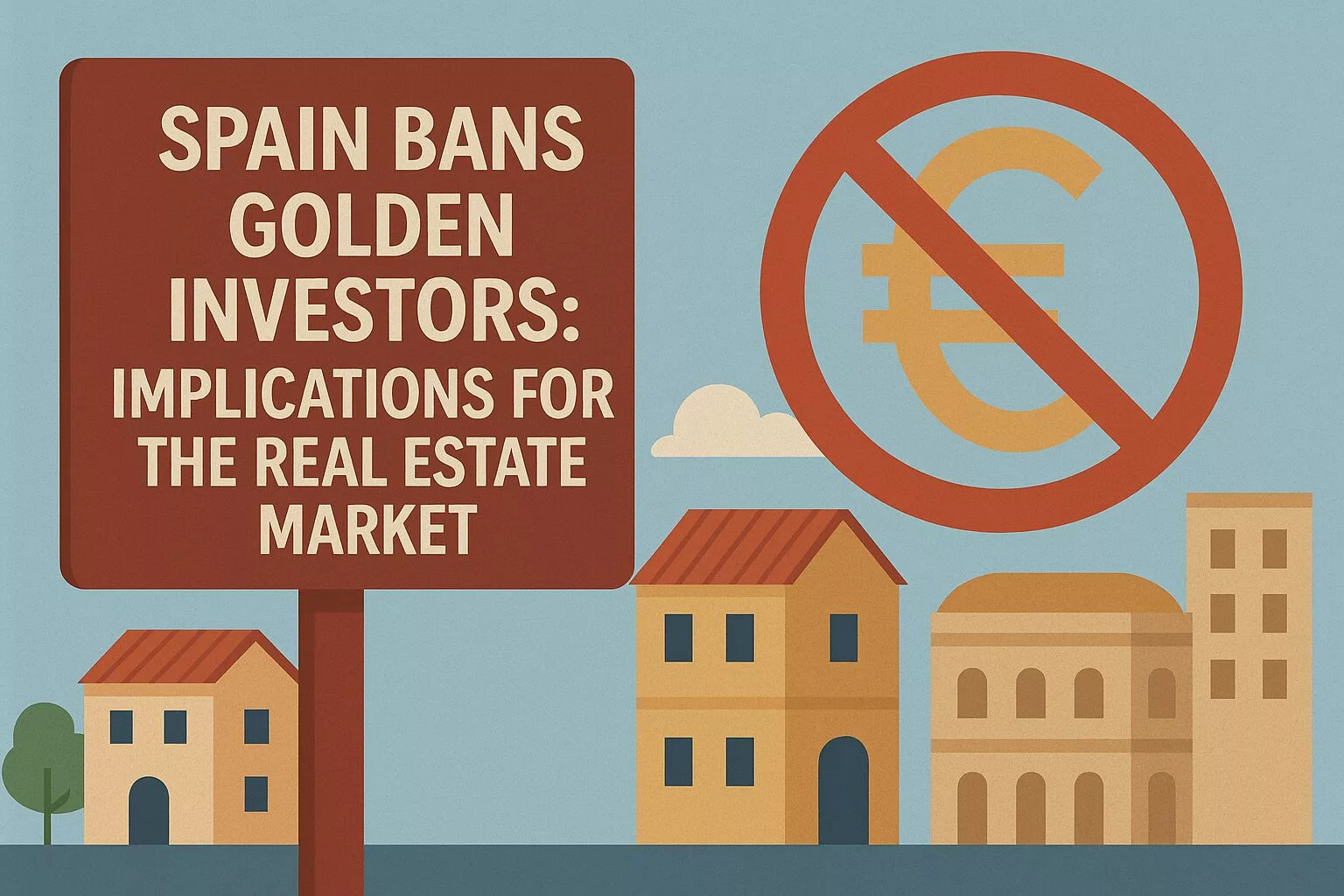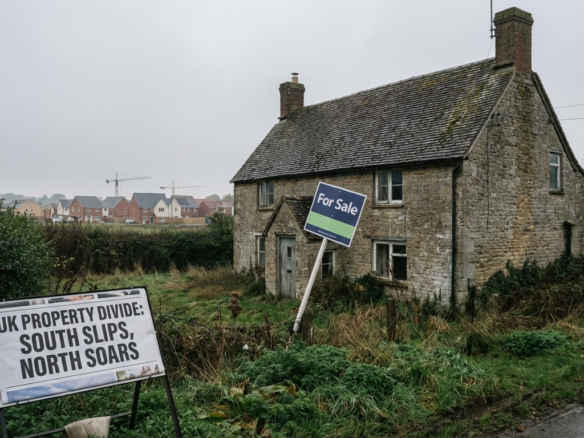In a significant policy shift aimed at addressing the ongoing housing crisis, Spain has recently announced a ban on golden investor visas for non-EU citizens. This decision, which has stirred considerable debate among real estate professionals and investors alike, marks a pivotal moment in the Spanish property market. As the country grapples with soaring housing prices and a growing demand for affordable housing, understanding the implications of this ban is crucial for stakeholders in the European real estate sector.
Get 50% OFF!
Subscribe to our newsletter and enjoy a 50% discount on all listing packages, no strings attached!

The Context of the Ban
Golden visas, which allow non-EU citizens to obtain residency in exchange for substantial investments in real estate, have been a popular route for foreign investors seeking to enter the European market. Spain’s program, launched in 2013, attracted significant capital inflows, particularly from countries like China, Russia, and the Middle East. However, the influx of foreign capital has also been linked to rising property prices, exacerbating the housing crisis in major cities such as Madrid and Barcelona.
In response to public outcry over affordability issues, the Spanish government has taken decisive action. The ban on golden investor visas is part of a broader strategy to prioritize local residents’ housing needs and ensure that the real estate market remains accessible to Spanish citizens.
Key Insights from the Ban
1. Impact on Foreign Investment: The immediate effect of the ban is likely to be a reduction in foreign investment in the Spanish real estate market. Investors who previously viewed Spain as an attractive destination for property investment may now reconsider their options, potentially leading to a slowdown in high-end property sales.
2. Shift in Market Dynamics: With the exit of non-EU investors, the market may see a shift towards domestic buyers. This could lead to a more balanced market, where local demand plays a more significant role in determining property values.
3. Potential for Increased Affordability: By curbing foreign investment, the government aims to alleviate some of the pressure on housing prices. This could create opportunities for first-time buyers and those seeking affordable housing options in urban areas.
4. Long-Term Effects on Development: Developers may need to adjust their strategies in response to the changing landscape. Projects that cater to local buyers rather than foreign investors may become more prevalent, influencing the types of properties being built and marketed.
Market Reactions and Future Outlook
The real estate market’s reaction to the ban has been mixed. While some analysts predict a downturn in luxury property sales, others believe that the long-term benefits of prioritizing local buyers could stabilize the market. The key will be how quickly the government can implement supportive measures for domestic buyers, such as increased access to financing and incentives for affordable housing development.
Moreover, the ban may encourage a more sustainable approach to real estate investment in Spain. As the market recalibrates, there is potential for innovative housing solutions that address the needs of local communities, such as co-housing projects and mixed-use developments.
What This Means for Investors
For current and prospective investors, the ban on golden visas necessitates a reevaluation of strategies. Investors should consider diversifying their portfolios and exploring opportunities in regions less affected by the housing crisis. Additionally, understanding local market dynamics will be crucial for making informed investment decisions moving forward.
Investors may also want to keep an eye on legislative developments, as the Spanish government may introduce new policies aimed at stimulating the housing market for local buyers. Staying informed about these changes will be essential for navigating the evolving landscape.
Conclusion
Spain’s decision to ban golden investor visas for non-EU citizens is a bold move that reflects the government’s commitment to addressing the housing crisis. While the immediate effects may pose challenges for foreign investors, the long-term implications could lead to a more balanced and sustainable real estate market. As the landscape shifts, stakeholders must adapt to new realities and seize opportunities that arise from this significant policy change.
For those interested in exploring the Spanish real estate market further, we invite you to read more about current trends and statistics. Whether you are a local buyer or an investor looking to navigate these changes, staying informed is key to making strategic decisions in this dynamic environment.





Join The Discussion